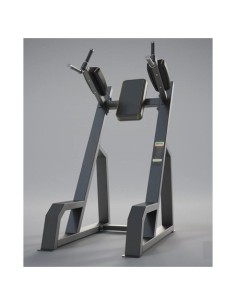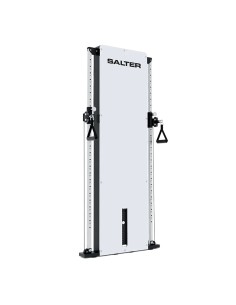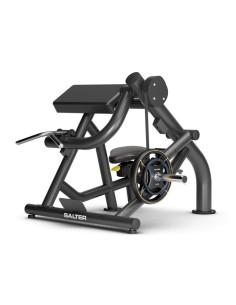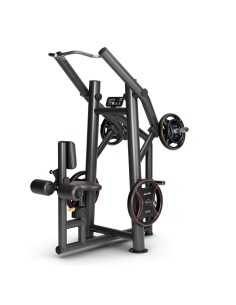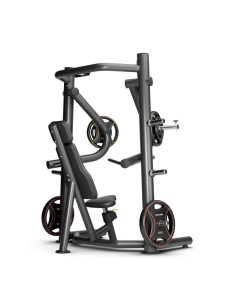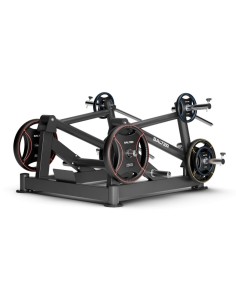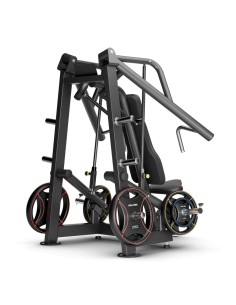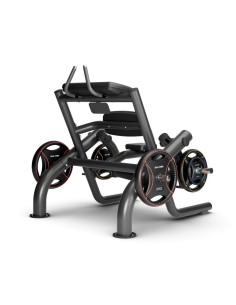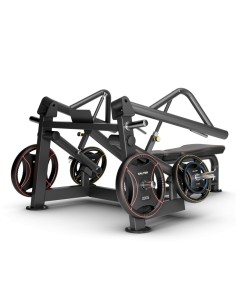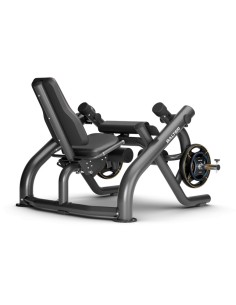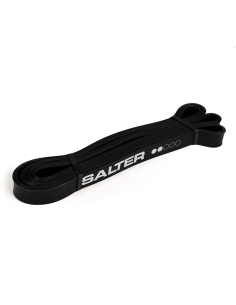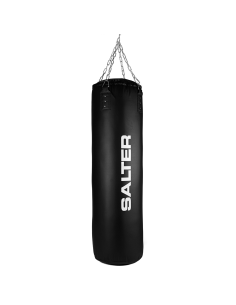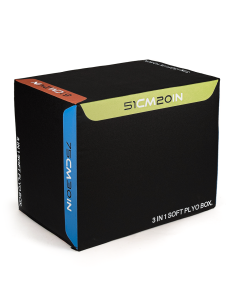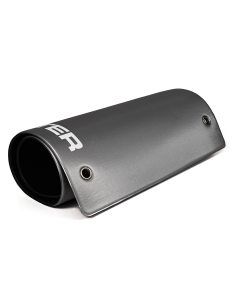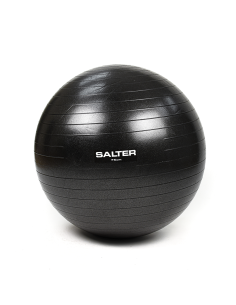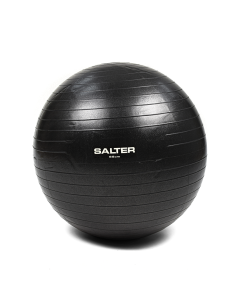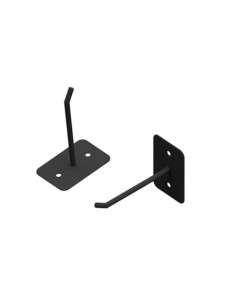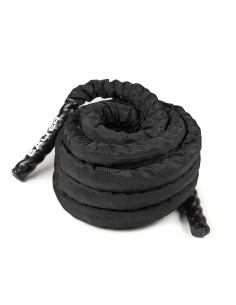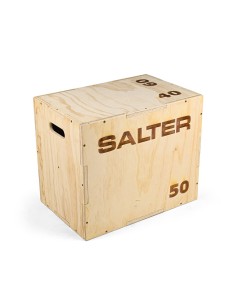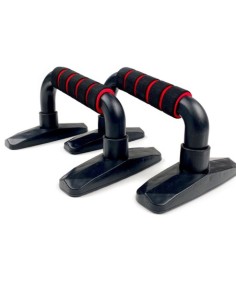Working the abdominal area is a priority for many people looking to improve their fitness, tone their body and ultimately achieve a flat stomach. While diet is essential for eliminating abdominal fat, working out effectively and consistently is crucial for strengthening the abdominal muscles and achieving visible results.
A great way to improve your workouts is to use exercise machines specifically designed to work this area. In this article, we'll explore Salter's best machines for working the abdominal area, describing how they work and how you can integrate them into your routine to get the best results. In addition, we'll provide you with specific exercises for each machine that will help you tone and define your abdomen.
1. The importance of working the abdominal area
The abdomen is more than an aesthetic area; its muscles play a key role in stabilizing the body, posture and injury prevention. The core, which includes not only the muscles of the abdomen but also the muscles of the lower back and hips, is the basis for almost every movement we make in our daily lives, from walking to lifting heavy objects.
1.1 Abdominal muscles
To understand how to train the abdominal area effectively, it is important to know the muscles that make up this area:
- Rectus abdominis: It is the most visible muscle when we talk about “six-pack”. It extends vertically from the sternum to the pubis and is responsible for flexing the torso forward.
- External Obliques: Located on the sides of the abdomen, these muscles allow you to twist and bend your torso sideways.
- Internal obliques: Located below the external obliques, they also help you perform twisting and side bending movements.
- Transversus abdominis: This is the deepest muscle in the abdomen and acts as a natural girdle, supporting the internal organs and stabilizing the core.
2. Salter's machines to strengthen the abdomen
2.1 Crunch abdominal machine
The crunch abdominal machine is one of the most popular machines for working the rectus abdominis in isolation. This machine is designed to perform a controlled torso flexion movement, focusing exclusively on the abdominal muscles.
- Benefits: Provides a guided and safe movement, which minimizes the risk of back and neck injuries. In addition, it allows you to add adjustable resistance, which increases the intensity of the exercise as you progress.
- How to use: Sit on the machine with your back against the backrest and your feet firmly placed on the platform. Flex your torso forward, contracting your muscles.
3. Complementary exercises to strengthen the abdomen
3.1 Abdominal plank
The abdominal plank is one of the best exercises to activate the entire core, especially the transverse abdominis.
- How to do it: Get into a plank position, resting your forearms and toes on the floor. Keep your body in a straight line from shoulders to feet.
- Recommended exercise: Hold the position for 30 seconds to 1 minute, performing 3 sets.
3.2 Abdominal crunches with ab wheel
The ab roller is a simple but very effective accessory to strengthen the core.
- How to do it: Place the roller on the floor and, on your knees, slide the roller forward until your torso is parallel to the floor, then return to the starting position.
- Recommended exercise: Perform 3 sets of 10 repetitions.
4. Tips to maximize your results
4.1 Balanced diet
Achieving a flat abdomen does not only depend on training; nutrition plays a fundamental role. Reduce consumption of processed foods, sugars and saturated fats, and make sure you consume enough protein to aid muscle recovery.
4.2 Adequate rest
Rest is crucial to avoid overtraining and allow ab muscles to recover and grow. A 48-hour rest between specific abdominal workouts is ideal to optimize results.
4.3 Hydration
Staying well hydrated is critical to physical performance and overall health. Water not only helps eliminate toxins, but also improves muscle function and reduces the likelihood of cramping.
4.4 Varied routine
Alternating between machine, bodyweight and different types of resistance exercises will keep your muscles challenged and promote more balanced development.
5. Salter's complementary equipment for the abdomen
5.1 Fitball
The fitball is a versatile tool that can be used for stability exercises and core activation.
- Recommended exercise: Fitball crunches. Place your lower back on the fitball and perform controlled crunches.
5.2 Elastic Bands
Elastic bands can add resistance to abdominal exercises, helping to strengthen both deep and superficial muscles.
- Recommended exercise: Resistance plank. Place an elastic band around your arms or legs during the plank.
6. Examples of workout routine for the abdominal area.
Beginner routine
- Crunch on abdominal machine: 3 sets of 15 repetitions.
- Oblique machine twists: 3 sets of 10 repetitions per side.
- Abdominal plank: Hold position for 30 seconds, 3 sets.
- Machine leg raises: 3 sets of 12 repetitions.
- Incline Bench Crunches: 3 sets of 10 repetitions.
Advanced Routine
- Crunch with resistance on abdominal machine: 4 sets of 20 repetitions.
- Twists with resistance on obliques machine: 4 sets of 15 repetitions per side.
- Resistance plank (elastic bands): Hold position for 1 minute, 4 sets.
- Leg lifts with weights on machine: 4 sets of 15 repetitions.
- Abdominal roller displacement: 4 sets of 10 repetitions.
- Incline Bench Crunches with additional weight: 4 sets of 15 reps.
Start working that abs!
Training the abdominal area is not only key to getting a flat stomach, but also to improving your posture, stability and overall performance in other sports disciplines. Using the right equipment, such as Salter's ab-specific machines, can make a big difference in the effectiveness of your routine.
Incorporating machines like the crunch machine, obliques machine or leg lift machine will allow you to train safely and with adjustable resistance, which is ideal for those looking to progress to different levels of difficulty. Complement these workouts with functional exercises and watch your core muscles become stronger and more defined.
 WhatsApp
WhatsApp
